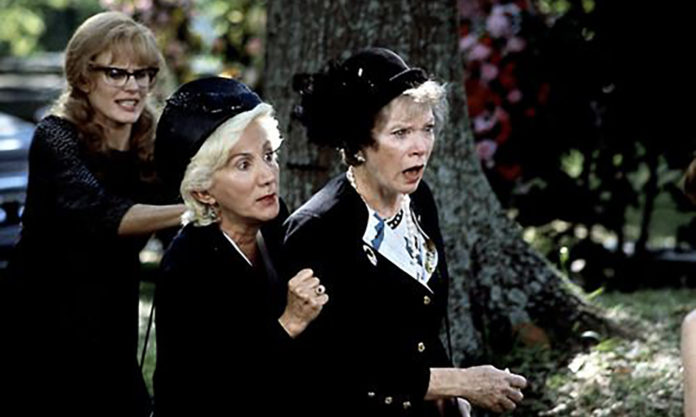In an article for Writer’s Digest, Libby Hubscher shares her advice for using humor to leaven heavy scenes and topics. “In the real world, laughter is powerful—it can lift moods, lower stress, break the tension … it’s even contagious,” Hubscher says. “When added to a serious story, it is capable of providing balance or emphasis to difficult moments, revealing something about the characters, and adding dimension and authenticity to the stories we tell.”
Hubscher uses a method she calls PINT: Purpose, Impact, Naturalness, and Timing.
- Purpose. If you want to use humor to lighten a scene, it’s important you know why. “Ask yourself how it impacts other characters,” Hubscher writes. “Does it make them sadder, angry, shocked, amused, distracted? How will the dynamic change because of the humor?”
- Impact. “Put yourself in the readers’ mindset and ask yourself how this humor might make them feel,” Hubscher suggests. “Whatever you add should always serve the story.”
- Naturalness. “There’s nothing worse than when a comedic element is shoehorned into an emotional moment,” Hubscher says. “When you introduce humor, particularly in a more emotional or challenging scene, ask yourself if it feels natural.”
- Timing. “To get a feel for timing, try taking the humorous element and moving it around in a scene,” Hubscher suggests. “Read it aloud and see where it feels the most natural.”
There are various methods for inserting humor into your emotional scenes. Characters might crack jokes to break tension or address something grim, particularly death. Characters also might have a funny memory at an inopportune time. Funerals are often punctuated by a funny story about the deceased or inappropriate, hysterical laughter.












